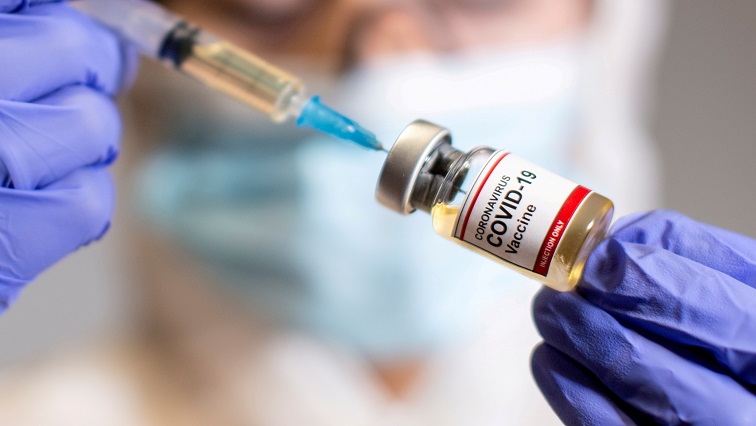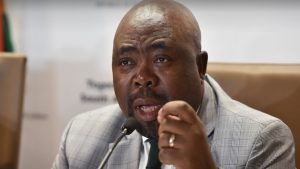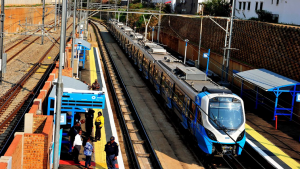Canada’s indigenous communities have been prioritiSed for the COVID-19 vaccine but distributing it across difficult and remote terrain will be a challenge, as authorities deploy small planes and boats to ship the drug.
Canada approved drugmaker Moderna’s vaccine on Wednesday, which most indigenous communities are expected to use because it remains stable at 2-8 Celsius (36-46 Farenheit) for 30 days, unlike Pfizer’s, which needs to be stored at -70 degrees Celsius and is only stable for a few days after thawing.
Even with more transportable vaccines, getting the doses and medical staff to the country’s indigenous communities living far from major cities will be a challenge, Shannon McDonald, acting chief medical officer for British Columbia’s First Nations Health Authority, said.
While many communities are accessible by logging roads or plane, some are reachable only by boat. Some airports are so remote that dog sleds and snowmobiles must transport deliveries to local hospitals.
“This is winter storm season, and some of those communities are difficult to access,” McDonald said. “We’ve had conversations with transportation providers who are willing to fly into communities, helicopter into communities.”
This will be complicated by the fact that both the Moderna and Pfizer vaccines need two doses to be fully effective.
“It’s really going to be a matter of figuring out how to zoom across a complex geography in a limited amount of time but also complicated by the fact that you have to do it twice,” said Tobey Meyer, a senior policy analyst with the Nishnawbe Aski Nation, which represents 49 indigenous nations in northern Ontario. “How the heck are we going to do that?”
Each community currently has varying abilities to host vaccination clinics – some have robust health centres with the storage infrastructure needed while others do not, Meyer said.
Authorities are looking at using the Red Cross, military and “non-traditional immunizers” like dentists and physical therapists to help dispense the vaccine, Dany Fortin, the retired Canadian general in charge of Canada’s vaccine rollout, said on Wednesday.
Ottawa has said that the indigenous population should be a top priority, due to limited medical care available in remote communities, higher rates of preexisting conditions, and poor access to the clean drinking water or safe housing that make regular hand washing and social distancing effective.
Ontario has added an indigenous sub-committee to its vaccine deployment task force. Manitoba, which bought 20 portable ultra-cold freezers for use in a small number of “super sites”, said it has secured an additional 9,600 doses of the Moderna vaccine due to the high number of indigenous people in the province.






